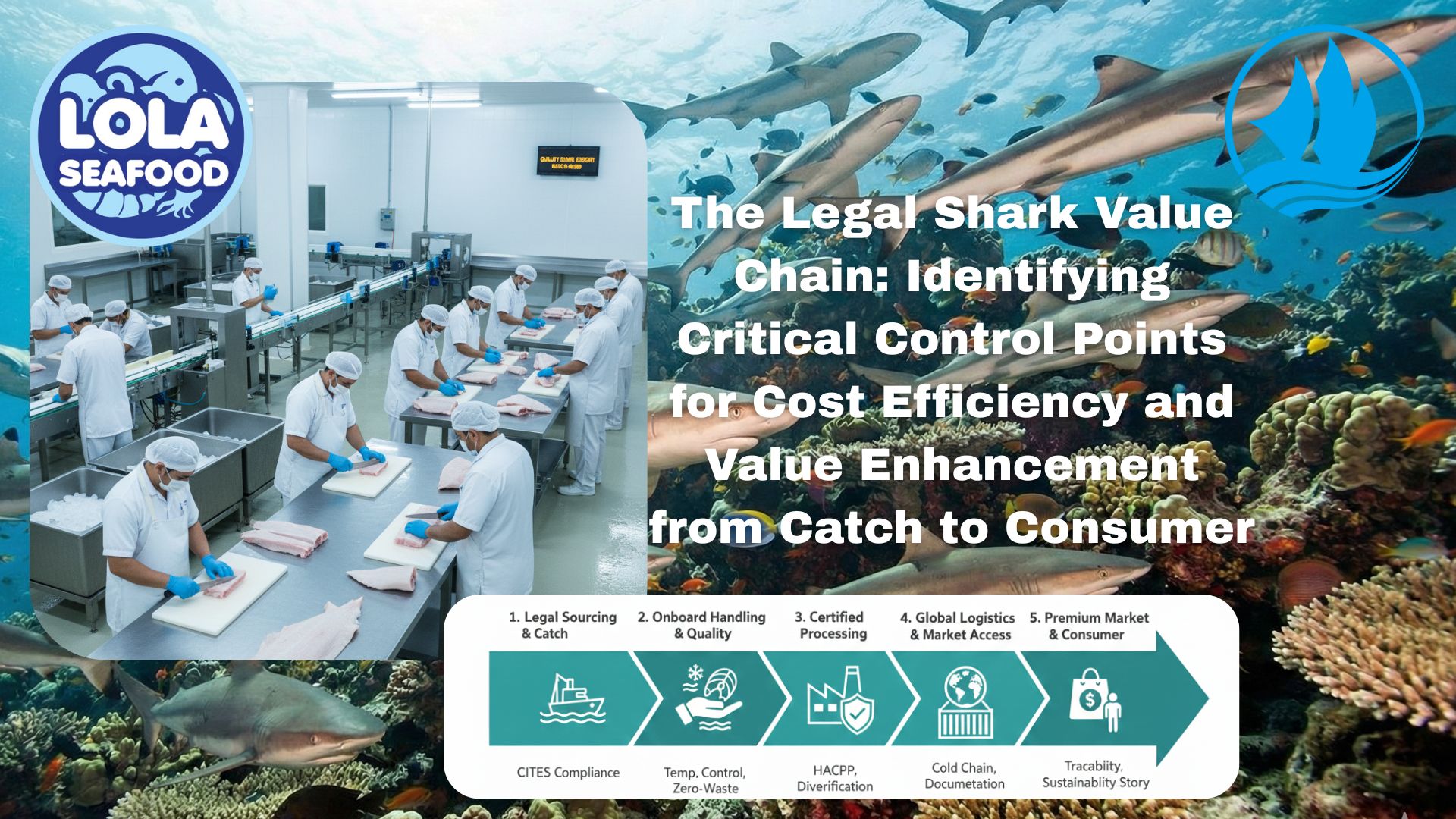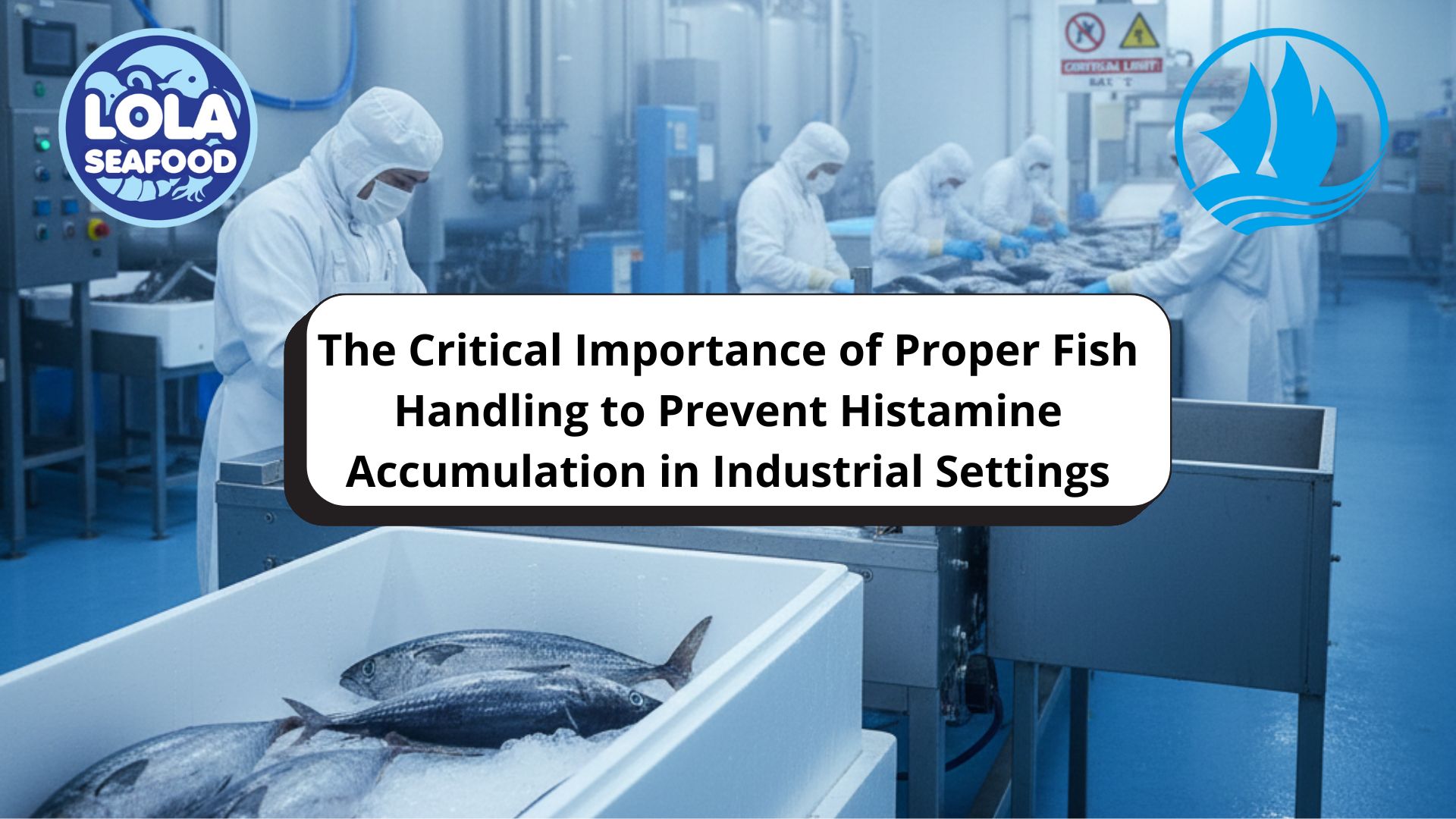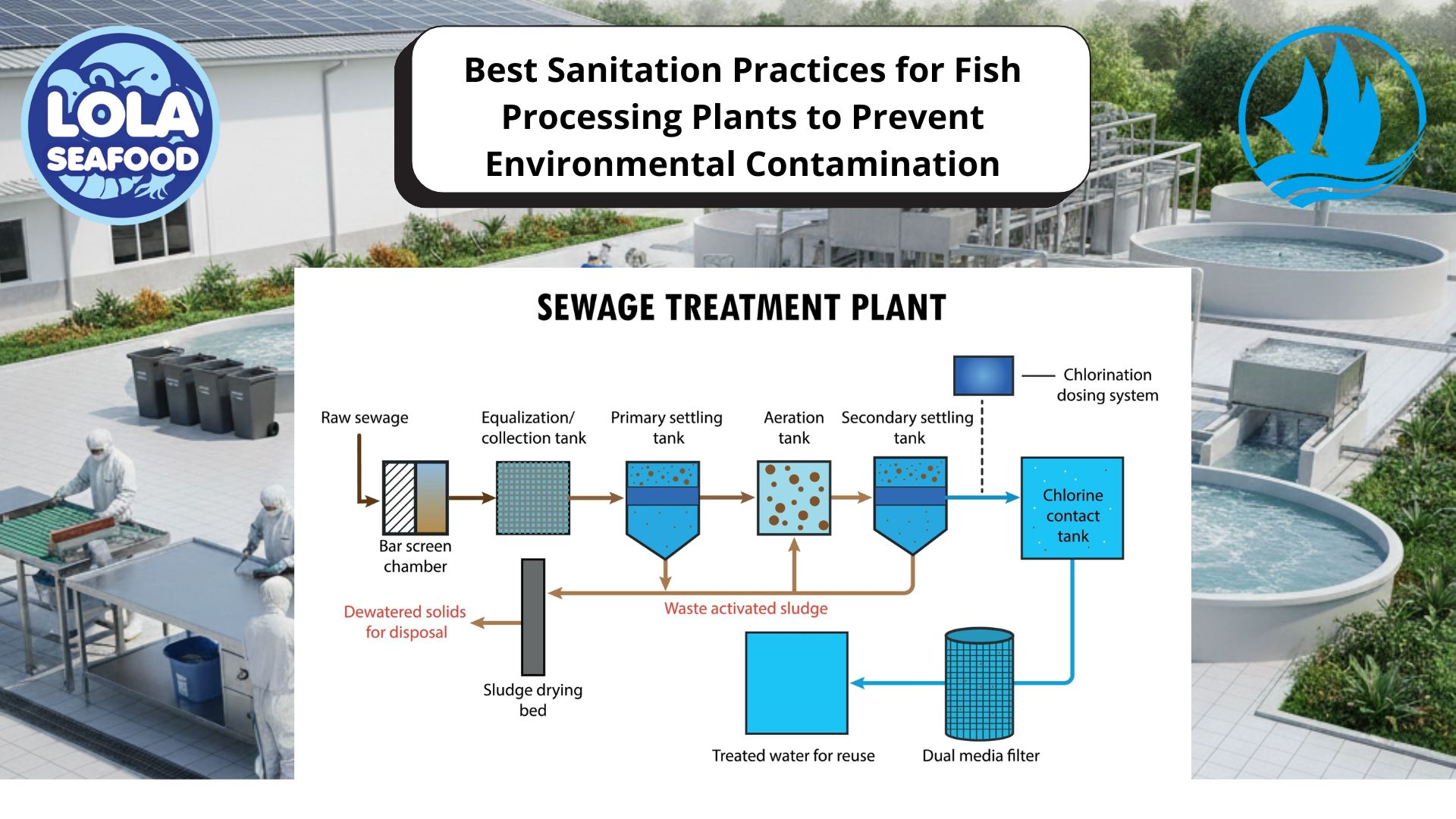Cash Flow Dynamics in the Seasonal Fish Processing Industry
By. Lutfi - 29 Sep 2025
Kelolalaut.com The seafood processing industry is deeply tied to the cycles of nature. Unlike many other sectors where raw materials are available consistently throughout the year, the availability of fish often depends on seasonal harvests, migration patterns, and regulatory restrictions. These fluctuations create unique challenges for processors, especially in terms of managing cash flow. Understanding how cash moves in and out of seasonal fish processing businesses is essential for building resilience, ensuring profitability, and supporting the communities that rely on this industry.
The Seasonal Nature of Fish Supply
Fish species such as tuna, salmon, sardines, and anchovies are typically harvested during specific seasons. Regulations that control fishing periods, combined with natural spawning and migration patterns, mean that large volumes of raw fish may arrive within a short window of time. For processors, this seasonality leads to peaks of intense activity followed by quieter periods.
During peak harvests, processors need substantial capital to purchase raw fish in bulk, pay workers for extended shifts, and cover additional operating expenses such as cold storage and logistics. However, once the season ends, revenues slow down, while fixed costs like maintenance, utilities, and salaries for key staff continue.
This cycle creates uneven cash flow that requires careful planning and financial discipline.
Cash Flow Peaks and Troughs
A typical seasonal fish processing plant experiences two main cash flow phases:
- High Outflow Periods – At the start of the fishing season, processors spend heavily on raw materials, packaging, storage, and workforce expansion. Cash outflow is usually higher than income during this phase, as products have not yet been fully processed or sold.
- High Inflow Periods – As processed products—such as fillets, canned fish, or frozen packs—reach domestic and export markets, revenue begins to flow in. This can offset earlier expenses, sometimes resulting in significant profits if prices remain favorable.
The challenge lies in the gap between these two phases. Processors must survive financially during the period when expenses are high, but income has not yet been realized.
Financing Seasonal Operations
To manage this cash flow imbalance, many seasonal fish processors rely on short-term financing. Bank loans, supplier credit, or microfinance institutions can provide the liquidity needed to purchase raw fish at the start of the season. However, access to affordable credit is often limited, particularly for small and medium-sized enterprises (SMEs) in developing countries.
High interest rates or lack of collateral can put processors at risk of falling into debt cycles. In some cases, processors turn to informal lenders, which can further reduce profitability. Strengthening access to structured financial services is therefore a critical step in stabilizing the industry.
Inventory and Working Capital Management
Since fish is highly perishable, efficient inventory management plays a crucial role in maintaining healthy cash flow. Modern cold storage technology allows processors to extend the shelf life of fish products, smoothing revenue over time rather than relying on immediate sales.
Working capital strategies, such as staggering production and diversifying product types (fresh, frozen, canned), also help maintain steady inflows. For example, surplus fish caught during peak seasons can be turned into frozen fillets or surimi, which can then be sold months later when fresh supply is low but demand remains high.
The Role of Export Markets
Export demand adds another layer of complexity to cash flow management. While international sales often bring higher profits, they usually involve delayed payments due to shipping times, customs clearance, and credit terms extended to foreign buyers. This can stretch the gap between outflow and inflow even further.
To cope with these delays, many processors use tools such as letters of credit, invoice factoring, or export financing programs. These mechanisms provide early access to cash, reducing the strain of waiting for overseas payments.
Community and Employment Impacts
The cash flow challenges of seasonal fish processing are not limited to company accounts—they also affect the livelihoods of workers and local economies. During peak seasons, factories hire large numbers of temporary workers, boosting local employment. However, when cash inflows slow, workers may face layoffs or reduced wages.
This seasonal instability can make household incomes unpredictable, reinforcing cycles of poverty in fishing communities. Strengthening financial management in processing plants therefore has a direct social impact by promoting more stable jobs and incomes.
Strategies for Smoother Cash Flow
To reduce volatility, seasonal fish processing industries can adopt several strategies:
- Diversification of Species and Products – Processing multiple fish species with different seasons spreads out supply and reduces downtime.
- Partnerships with Financial Institutions – Establishing credit lines with favorable terms provides security during high outflow periods.
- Value-Added Processing – Products like ready-to-eat meals or specialty cuts command higher margins, improving cash reserves.
- Improved Forecasting and Budgeting – Accurate demand forecasting helps align production with market opportunities, minimizing unsold inventory.
- Sustainability Certifications – Eco-labels and certifications can attract premium buyers willing to pay faster and at higher prices.
Cash flow dynamics in the seasonal fish processing industry are uniquely shaped by nature, regulations, and global trade. Peaks of high spending during fishing seasons, followed by delayed revenues from sales, create significant financial challenges. Without proper management, these cycles can strain businesses, disrupt employment, and weaken coastal economies.
However, with better access to financing, effective working capital strategies, and a focus on value-added processing, companies can turn these challenges into opportunities. By smoothing cash flow and building financial resilience, seasonal fish processors not only secure their own survival but also contribute to the stability and prosperity of the communities they support.
If youre interested in our Giant Trevalley Fillet Skin On and Giant Trevalley Whole Round please do not hesitate to contact us through email and/or Whatsapp

The Legal Shark Value Chain: Identifying Critical Control Points for Cost Efficiency and Value Enhancement from Catch to Consumer

Global Trust Across Three Segments: How the HACCP System Ensures Premium Quality for Demersal, Pelagic Fish, and Legal Shark Product Utilization
.jpg)
Green Investment, Profitable Harvest: How Sustainability Practices Reduce Operating Costs in Fish Fillet Processing Plants (Skin-On and Skin-Less)
 in Meeting Global Protein Demand Sustainably.jpg)




